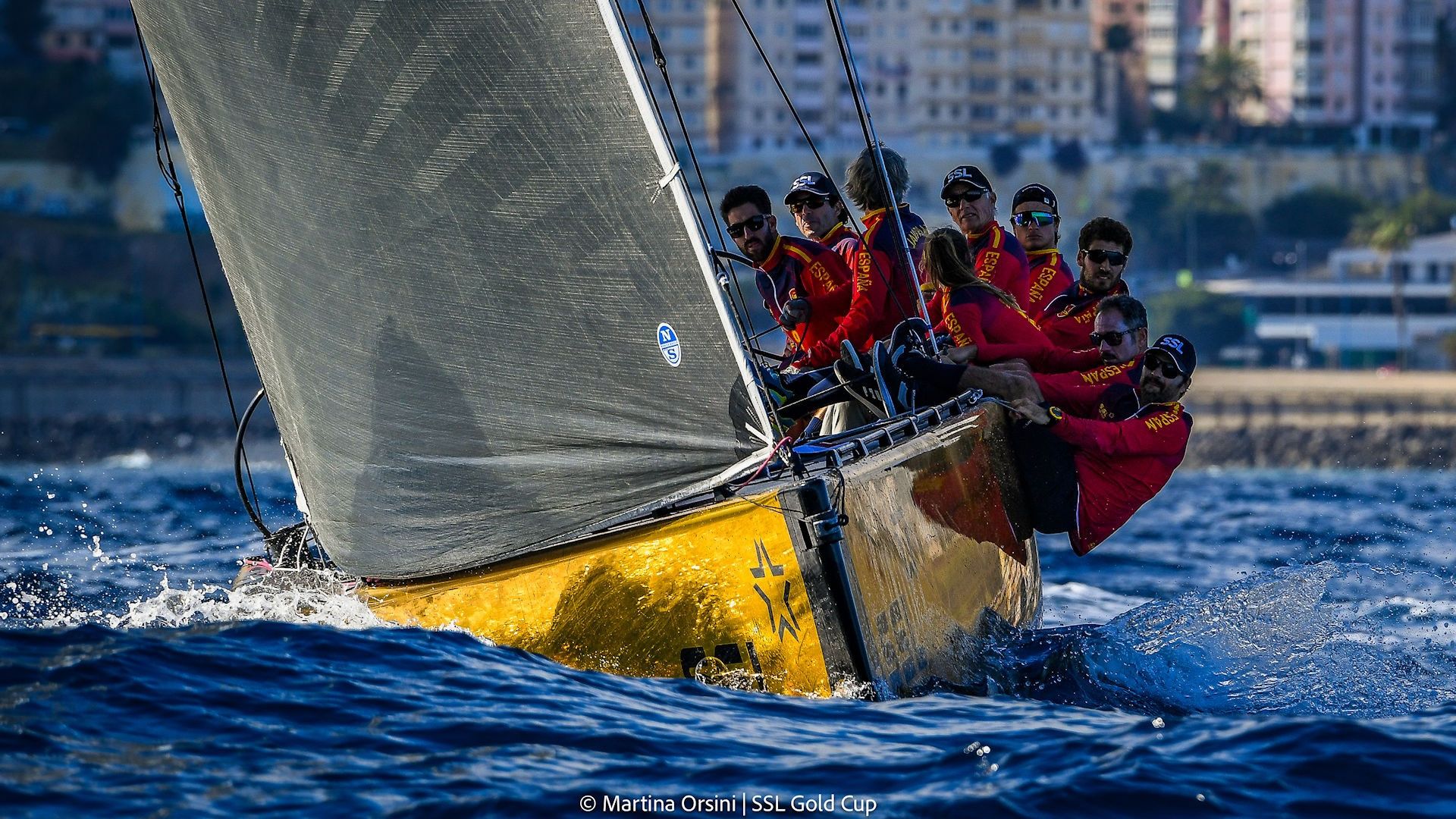
Sailing: maneuvers you need to know
When sailing a sailboat, there are several fundamental maneuvers that you must know and master in order to have efficient control of the boat and ensure safe navigation. When it comes to sailing, learning never ends.
Here are some of the main maneuvers:
Tacking
To tack means to move the bow through the wind. In other words, tacking is a maneuver that allows you to change direction downwind.
There must be cooperation of the entire crew to perform a successful tack, and communication is a very important aspect. Because, to perform this maneuver, the rudder changes the position of the main sail so that it changes sides, and the crew must be prepared to adjust the sails quickly during the maneuver.
Depending on the turn you want to make, you will need more or less wind strength or speed. With practice and experience you will begin to identify how much speed you need to complete a tack on your boat.
Gybe
Contrary to tacking, in gybing the wind allows us to change direction, but in this case it will do so by passing astern. Because it is the wind that hits us from "behind" (the wind is hitting the back of your head) it is a more advanced maneuver than the tack and much more dangerous. You have to be very cautious as you could get hit by the boom.
When preparing to start this maneuver, the ideal would be to pull the mainsail so that when the wind reaches the other side the movement is minimal. To do this, we reduce the headsail a little by furling it. Once that is ready, the helmsman and crew can turn the boat, carefully, and a line is released on the headsail while the line on the other side is tucked in and held. When the gybe is completed, the headsail and mainsail are released.
Mooring
This maneuver allows you to change direction with the wind behind the boat. During a tack, the stern crosses the wind and the boat changes tack. The tacks comprise the most curved areas of the bow. There is a port tack and a starboard tack. When we talk about tacking, it means that the sail fists must be brought to windward and brought upwind, so that the sail is held and properly oriented for when the maneuver is performed.

Luffing
To luff is to change the direction of the boat in order to bring the bow into the wind. This maneuver is used to gain height upwind and avoid getting too close to nearby hazards. What is done when luffing is to push the rudder a little towards the sail and chase it (by pulling the sheets). The main function of this movement is to reduce speed.
Bearing off
To tack is to change the direction of the boat away from the wind. It is to bring the bow to leeward, letting the wind carry us away from the wind.
The tacking maneuver is done by gently pulling the rudder towards us and we will trim the sails a little (by releasing the sheets).
Anchor
Anchoring is the action of dropping the anchor to stop the boat and hold it in a specific position. Knowing how to anchor safely and effectively is crucial when stopping in a bay or harbor and is one of the most important maneuvers practiced in the PER (Patrón de Embarcaciones de Embarcaciones de Recreo).
Docking and undocking
The most important maneuvers for sailing. The most advisable thing to do when we leave or return from sailing. It is to perform these maneuvers on the leeward side, the side opposite to where the wind is blowing.
These are just some of the main maneuvers you should know when sailing a sailboat. Each of them requires practice and coordination between helm and crew to perform successfully. It is important to learn these maneuvers and practice them in different wind and sea conditions to improve your sailing skills.












_v2.svg)
_v2.svg)









_v2.svg)

